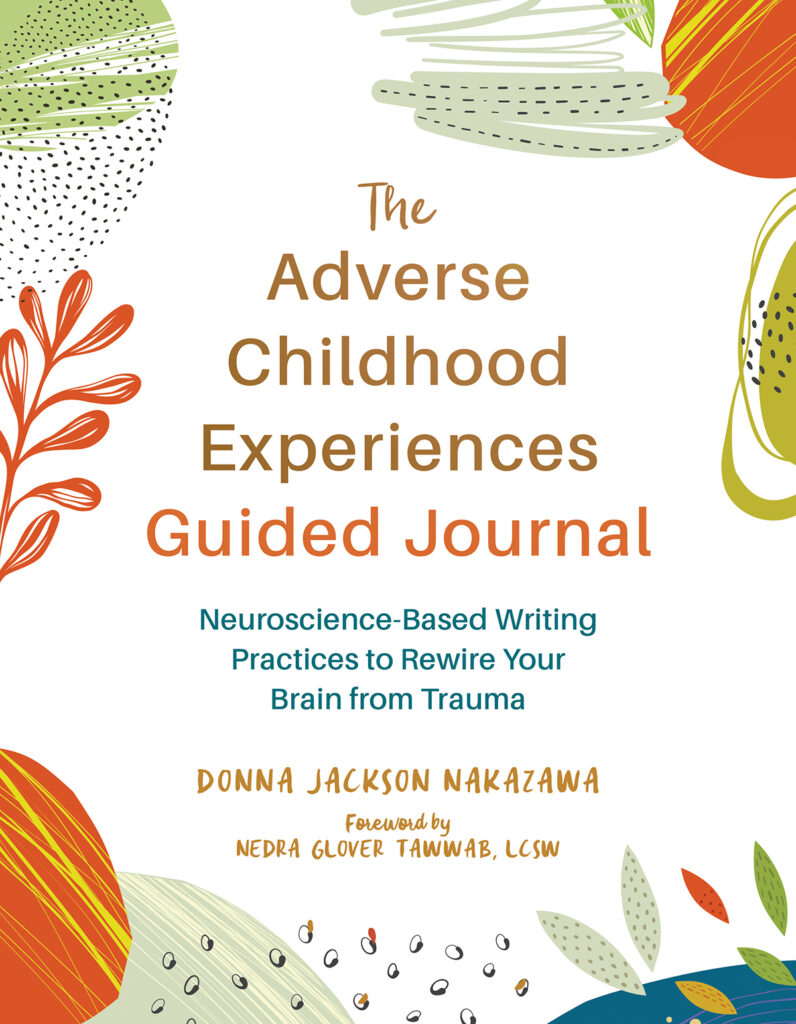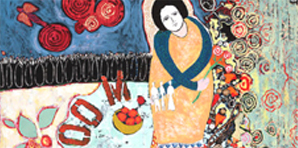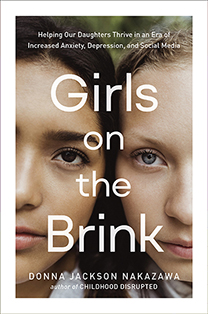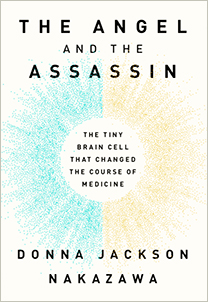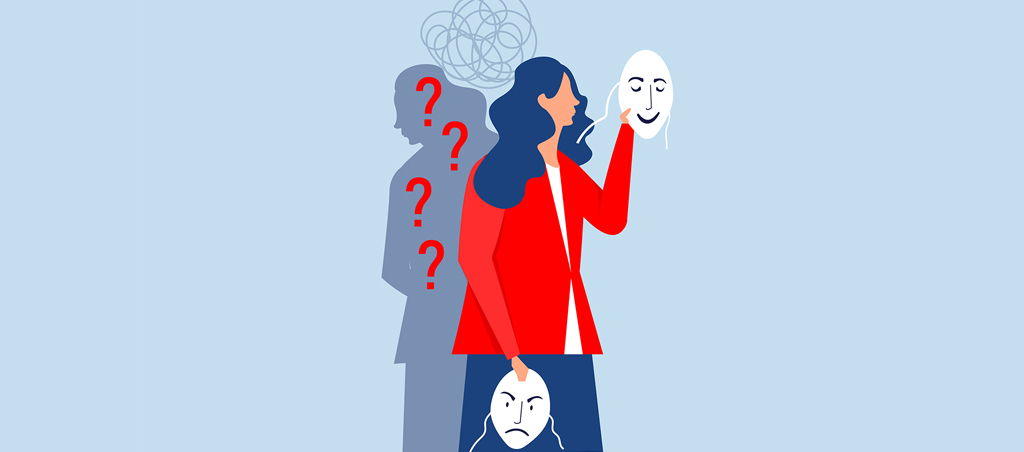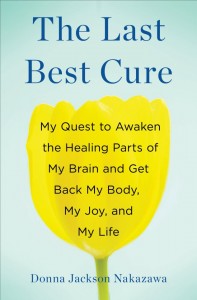
Sneak Preview! Here is the first half of the introduction to THE LAST BEST CURE, for those who had trouble reading the preview on my Penguin author page. It tells you about the place I found myself in when this journey began….
Introduction
This book began with my own sudden lockdown into the world of the chronically ill a little more than a decade ago. One day in 2001 I was pulling my daughter in a red wagon to the neighborhood pool to swim my evening mile in the lap lane. The next day I was paralyzed, unable to use my arms or legs, in Johns Hopkins Hospital with Guillain-Barre Syndrome, a disease similar to multiple sclerosis, but with more sudden onset and a wider array of possible outcomes.
I slowly regained my ability to walk, drive, and tie my children’s shoes only to fall paralyzed with GBS again in 2005. The second recovery was harder, more tenuous. Although with miracle drugs and half a year of grueling physical therapy I could get down the steps and to my mailbox again, I still dealt with the neurological fallout of having had GBS twice — numb feet and hands, muscle spasms, poor reflexes and a flu-like lethargy that no amount of sleep could cure.
Over the years other diagnoses unrelated to GBS had also thickened my chart: thyroiditis, more nerve damage, a clotting disorder, low red and white blood cell counts, bowel problems, slipped discs, and fevers of unknown origin. Every few months I’d end up back in crisis mode.
My team of specialists – some of the best on the planet — pulled miracles out of thin air for me time and again. A pacemaker made my heart tick, and a small white pill kicked my thyroid into action each morning. Infusions of other peoples’ healthy immune fighter proteins, or antibodies — pooled from a thousand donors in a product known as immunoglobulin — replaced my faulty ones, and kept them from turning against me.
The pattern was familiar: I would recover enough to drive, cook dinner, type stories on my computer again. And for that I felt lucky. But in the span of a decade I’d gone from being a healthy working mom who could swim 40 laps and stay up until two a.m. decorating a toddler’s birthday cake to being a revolving-door hospital patient – perpetually worried, exhausted, and often in pain.
Above everything, I longed for a normal, ordinary life; to play hide and seek or jump in the ocean waves with my kids again, to go for a brisk morning swim with my husband.
My team of specialists had pulled off miracle after miracle to keep me alive, but there was one cure they couldn’t offer me: they couldn’t give me back my capacity for joy. I felt robbed of joy.
And there was no Rx for that.
Something had been taken something from me, and I wanted it back.
Meanwhile, the moments of everyday life that mattered most were spinning past. Life seemed to be increasing its speed while my own energy sputtered out. My best years with my children were almost behind me. My son was already in high school, my daughter nearly a teen. Soon, they would be gone. These were supposed to be my most productive and creative work years. And yet I was too tired and in too much pain to enjoy, keep up with it all, drink any of it in. I was stuck not only in my body, I felt stuck in place, held back from the full life I’d always thought I’d create for myself, for my family. It was starting to be too late to hope I’d ever have more than a half-life. A maybe life.
This book was born out of that personal frustration. As a science journalist I did what I often do: searched for research trends that might give me insight as to how to solve the puzzle of my own life. For years, I’d been intrigued by the growing number of studies examining how our brain’s mental activity impacts our biology and well-being. But little of the science seemed geared to those facing chronic pain, discomfort or illness.
Suddenly, however, the research had taken a quantum leap. Neurobiologists at the best research institutes in the world were finding myriad ways to peer inside the body and demonstrate how specific practices could activate robust healing responses in the brain, making us not only feel better, but creating lasting biological changes in our physical bodies and cells.
One new area of mind-body medicine intrigued me in particular: the relatively new and burgeoning field called psychoneuroimmunology, or PNI.
Psychoneuroimmunology is the study of the potent interaction between our psychological state of mind and our cellular and immune function. It examines the direct influence that states of mind — ranging from contentedness and well-being to joy and delight — have on the messages our brain sends to our immune system, our nerves, and our cells.
In simplest terms, the science of PNI – or what I have heard a few scientists call for simplicity’s sake, PIN, or psycho-immu-neurology – is the study of how our mental and emotional state, the very way we think and act, can maximize our ability to heal — and enhance our overall physical health.
Their findings were giving new credence to the idea that the mind-body connection plays a critical and even determining role in our physical condition. Moreover, research was beginning to focus specifically on helping patients with chronic conditions to relieve emotional and physical pain and suffering.
Emerging data was showing that those with chronic conditions who practiced specific mind body approaches were able to move their emotional state away from anxiety and pain — and toward more joy and well being. In the process, their levels of inflammatory biomarkers and stress hormones – those linked to a range of diseases including fibromyalgia, digestive illnesses, Alzheimer’s, autoimmune disease, depression, chronic pain and cancer – profoundly decreased. They felt and did better.
This feedback loop made sense. You engaged in practices that helped to redirect your mental state away from anxiety, fear and pain and toward contentment and joy. As a result, your inflammatory and stress biomarkers went down. As your mental state shifted you felt some sense of physical relief. You felt you were somehow healthier. And, I imagined, feeling any physical relief would help you to more easily move your mindset away from anxiety and fear and pain, and ensure that you were more easily able to re-enter that state of joy and well being.
I felt certain it would for me.
I immediately saw how the science of PIN offers striking hope for those of us who long for a more pain-free existence. If feeling more joy and well-being and feeling better physically were so deeply and inextricably linked, then we owed it to ourselves to seek out strategies to improve our emotional state, and maximize our brain’s own healing response. We owed it to ourselves to reclaim joy and re-engage with the fullness of life and set that feedback loop in motion. I couldn’t wait to find out more.
I began by delving into stacks of peer-reviewed studies from the National Library of Medicine, reviewing recent talks given at major research conferences, and talking to the cutting edge researchers in the field from Johns Hopkins to Emory to NIH to the University of California. Books began to pile up on my bedside table, including the research and writings of Daniel Amen, Tal Ben-Shahar, Ed Diener, Norman Doidge, Barbarah Ehrenreich, Barbara Frederickson, Daniel Gilbert, Jerome Groopman, Rick Hanson, Eric R. Kandel, Jon Kabat-Zinn and Esther Sternberg.
The more I investigated how this connection works, the more excited I became.
PIN researchers have found that specific brain-body approaches such as meditation, mindfulness, yoga, laughter yoga, specific breathing patterns, immersion in nature, and acupuncture, among others, activate connections in our brain that can induce a mindset of joy and contentment. Accessing this enhanced state of joy and well being significantly alters activity in our brain, which shifts our immune responses, hormone markers and levels of various inflammatory chemicals and messenger molecules that the brain uses to send information forth to the body.
When we are stressed, worried or in pain, this complex network of biological messengers — what scientists sometimes refer to as “the floating brain” — increases the cascade of chemical messengers that break down our cells and corrupt our immune responses. When we move to a state of joy and contentment, we create quite the opposite effect: a seemingly invisible shield of positive “floating brain” activity that protects our cells, our immune function, and our health.
Depending on our state of mind, we trigger a positive floating brain or a negative one. Joy and feelings of well-being can protect our immune systems, and lack of joy and well-being can tax our bodies and deprive our cells.
For a moment the research suddenly seemed, on a personal level, as scary to me as it was promising: I knew what kind of white noise went on in my own brain most of the time.
When you are living with pain and fear over when the next medical shoe will drop, or ruminating over your latest blood work, or worried how you will get on a plane at six a.m. to give a two hour talk a thousand miles away in the midst of a flare that has you so exhausted that brushing your hair feels like finishing a marathon, your state of mind is triggering a negative floating brain.
Yet, I reminded myself, this new understanding of the science of joy and well-being provides us with a powerful tool that may be able to help us retrain our minds against this damaging PIN response, if we know how to harness it.
Examples emerge everywhere in the science.
For instance, when Tibetan Buddhist monks practice compassion, or loving kindness, meditation — a meditative technique in which we send loving thoughts to those we love, those we don’t know well, and even those we feel animosity toward – they generate intense gamma waves in their brains. These gamma waves are associated with higher states of mind in which we eliminate all thoughts of fear, worry, pain. The most intense activity lights up the left prefrontal cortex of their brains, just behind the left side of the forehead – an area associated with joy, happiness and positive thoughts.
Until now, we’ve assumed that the biggest pay-off of such a brain-body practice is a better and happier state of mind in the face of life’s trials. What we haven’t understood is that firing up specific areas of the brain through meditation and other newly recognized approaches not only changes our thought patterns, it sets in motion a cascade effect, sending chemical molecules and messengers throughout the body that dramatically impact the action of every cell, system and organ – and the course of our well-being and health.
In fact, the more we engage in these specific practices, the more new neural networks we create, allowing us to reset our brain. The more we practice activating states of joy and well-being the more our brain settles on the latter as our default setting, protecting our cells and immunity, helping us to live life fully.
Likewise, fear and suffering in the face of stressful life events – including our emotions about illness – can be as damaging to the immune system as a virus or toxic chemical hit, and can do similar long-term damage.
My quest was as much professional as it was personal: I knew I was hardly alone in my hunger to rekindle a sense of well-being and joy despite the physical realities I faced. I wanted to help every woman who was wrestling with similar issues to find ways to enhance her brain’s own healing responses.
